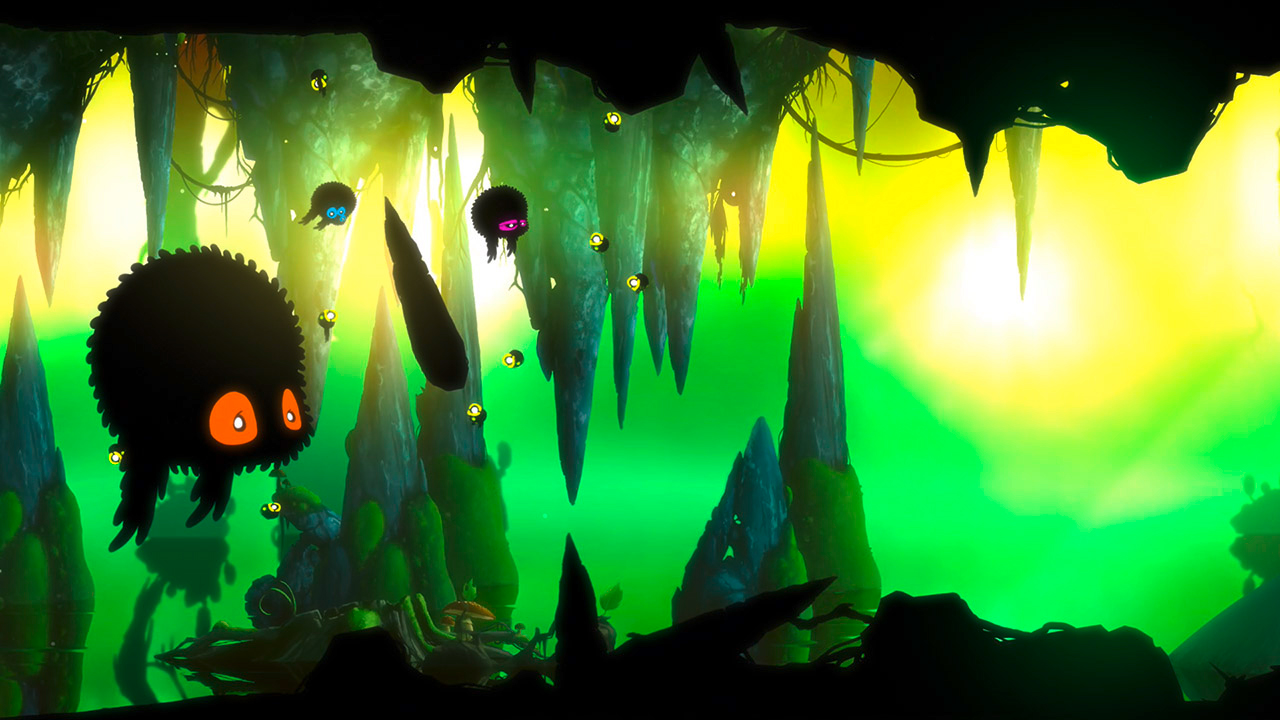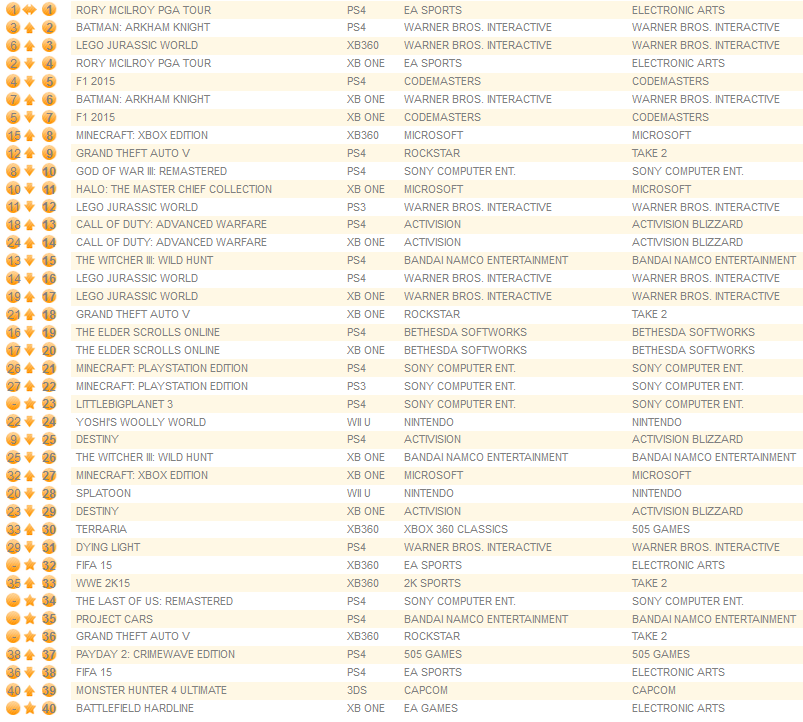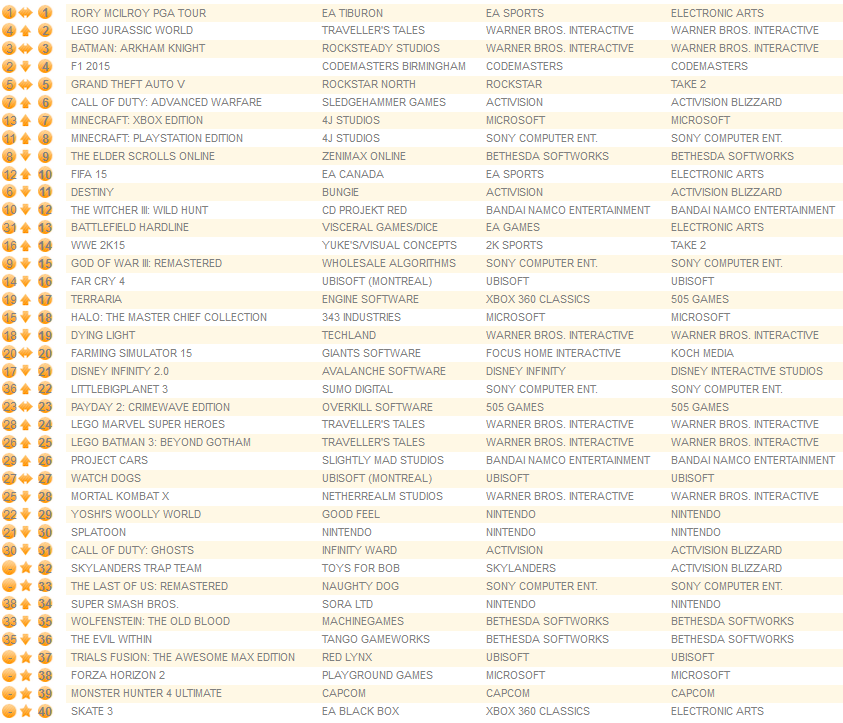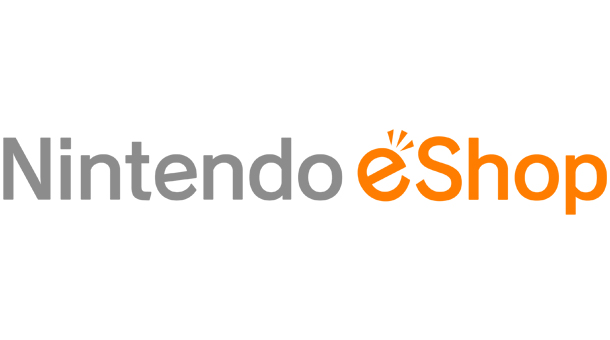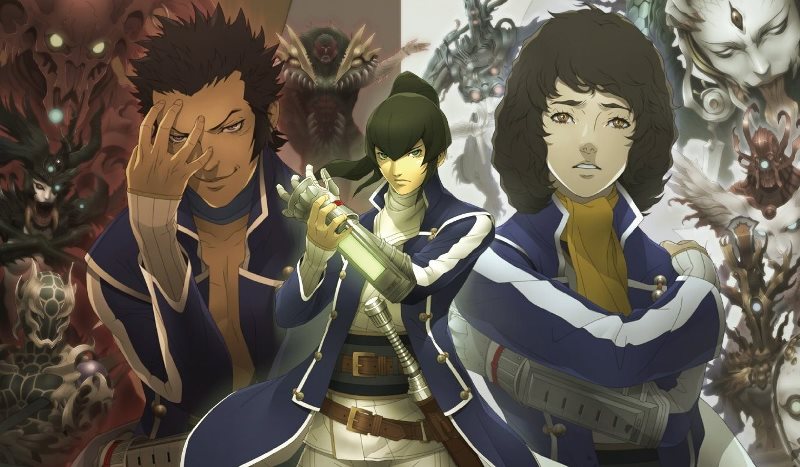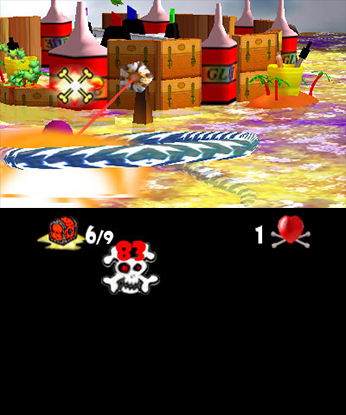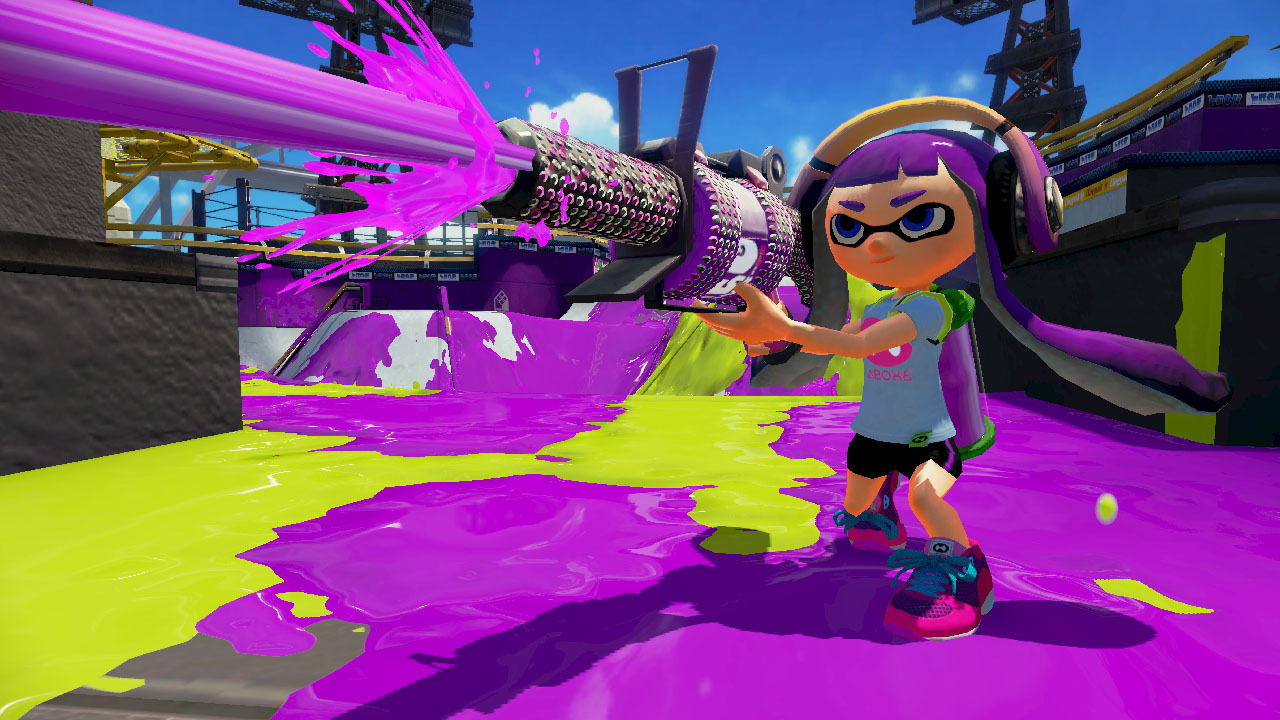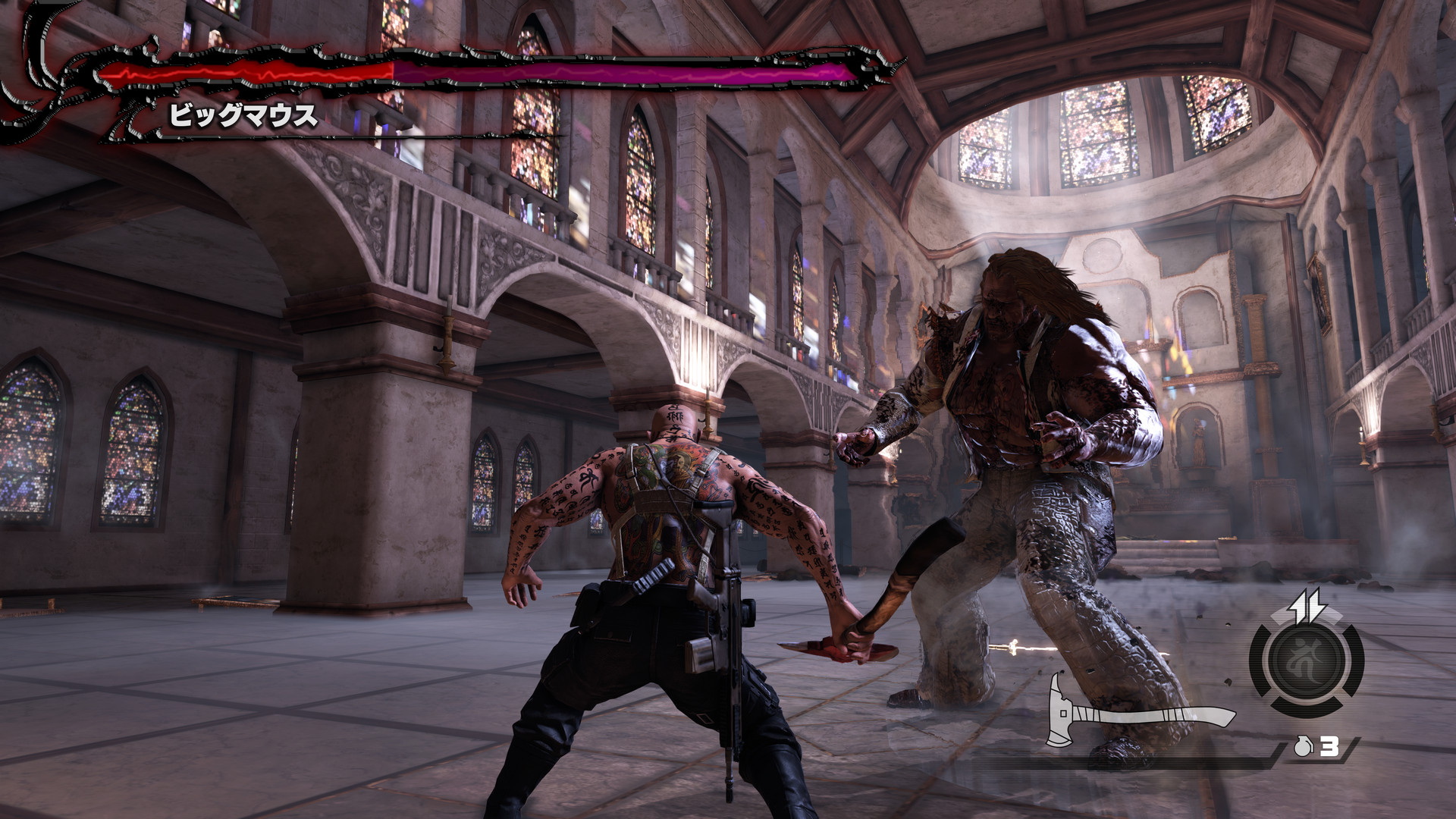This week’s Wii U/3DS specific charts are as follows:
Wii U
1. Yoshi’s Woolly World – Nintendo
2. Splatoon – Nintendo
3. Mario Kart 8 – Nintendo
4. Lego Jurassic World – Warner Bros. Interactive
5. Super Smash Bros for Wii U – Nintendo
6. Mario Party 10 – Nintendo
7. Super Mario 3D World – Nintendo
8. Captain Toad: Treasure Tracker – Nintendo
9. Scribblenauts Unlimited – Nintendo
10. Kirby and the Rainbow Paintbrush – Nintendo
3DS
1. Monster Hunter 4 Ultimate – Capcom
2. Tomodachi Life – Nintendo
3. Pokemon Omega Ruby – Nintendo
4. New Super Mario Bros. 2 – Nintendo
5. Pokemon Alpha Sapphire- Nintendo
6. Animal Crossing: New Leaf- Nintendo
7. Lego Jurassic World – Warner Bros. Interactive
8. Super Smash Bros. for Nintendo 3DS – Nintendo
9. The Legend of Zelda: Majora’s Mask 3D – Nintendo
10. Ben 10: Omniverse 2 – Bandai Namco Entertainment
Source: Chart-Track
This week’s European Nintendo Downloads are as follows:
Wii U Download
BADLAND: Game of the Year Edition -€9.99 / £8.99 / CHF 14.00 until 13/08/2015 (Regular price €11.99 / £10.79 / CHF 16.80)
Legend of Kay Anniversary (available July 28) – €29.99 / £19.99 / CHF 29.99
Wii U Demo
Just Dance 2016 (available July 28)
3DS Download
PICROSS e6 – €5.00 / £4.50 / CHF 7.00
Lucky Luke & The Daltons – €29.99 / £24.99 / CHF 38.90
Flick Golf 3D – €4.99 / £4.49 / CHF 7.00
3DS Themes
The Magic Unicorn – €0.99 / £0.89 / CHF 1.40
Hello Kitty and friends – €0.99 / £0.89 / CHF 1.40
Cupido – €0.99 / £0.89 / CHF 1.40
Blu bubbles – €0.99 / £0.89 / CHF 1.40
Hello Kitty Little Princess – €0.99 / £0.89 / CHF 1.40
Hello Kitty Bundle – €3.99 / £2.84 / CHF 4.20
eShop Sales
Wii U
Elliot Quest – €10.99 / £8.00 / CHF 11.89 until 13/08/2015 (Regular price €12.99 / £9.49 / CHF 13.99)
TNT Racers – Nitro Machines Edition – €4.99 / £4.49 / CHF 7.49 until 13/08/2015 (Regular price €7.99 / £6.99 / CHF 11.99)
3DS
Tomodachi Life – Tomodachi Life Friendship Fiesta Sale: €27.99 / £24.49 / CHF 36.30 until 06/08/2015 (Regular price €39.99 / £34.99 / CHF 51.90)
Bit Boy!! ARCADE – €0.99 / £0.89 / CHF 1.40 until 27/08/2015 (Regular price €7.99 / £7.19 / CHF 11.20)
PUZZLEBOX setup – €0.99 / £0.89 / CHF 1.40 until 27/08/2015 (Regular price €2.99 / £2.69 / CHF 4.20)
Code of Princess – €14.95 / £12.49 / CHF 19.45 until 13/08/2015 (Regular price €29.99 / £24.99/ CHF 38.90)
Sayonara Umihara Kawase – €12.40 / £9.99 / CHF 15.95 until 13/08/2015 (Regular price €24.99 / £19.99 / CHF 31.90)
Castle Conqueror Defender – €3.49 / £2.79 / CHF 4.10 until 20/08/2015 (Regular price €4.99 / £3.99 / CHF 5.90)
Demon King Box – €2.99 / £2.39 / CHF 3.60 until 20/08/2015 (Regular price €3.99 / £3.19 / CHF 4.80)
Quell Memento – €2.99 / £2.39 / CHF 3.50 until 20/08/2015 (Regular Price €3.99 / £3.19 / CHF 4.70)
Source: Nintendo PR
Atlus has announced that Shin Megami Tensei IV has managed to sell more than 600,000 copies worldwide. The news was published on the company’s official Japanese Twitter account today.
In Japan, Shin Megami Tensei IV will be getting an “Atlus Best Collection” version. It’s essentially a re-release of the game at a lower price. This will be available in Japan on October 8 for 2,980 yen.
It’s time for the latest Famitsu’s most wanted games chart! Dragon Quest VIII and Monster Hunter X have both maintained their positions towards the top of the chart.
Head past the break for the full chart. All votes were cast between July 9 and July 15.
EnjoyUp Games recently brought Fantasy Pirates to the 3DS eShop. For footage from the game, take a look at the video below.
The latest issue of Famitsu has a massive Splatoon interview. Producer Hisashi Nogami, art director Seita Inoue, designer Keisuke Nishimori, sound director Toru Minegishi, and sound composer Yuki Tsuji spoke with the magazine. That’s a lot of developers indeed!
During one point of the discussion, Inoue and Nishimori spoke about how the Inkling design centered around the girl at first.
They said:
“The main emphasis was on the girl, to the extent that we thought at first whether it would be alright to not have a boy (laughs).” – Inoue
“When having a chance to design a new character, there is the fact that it’s rare to have a girl lead in a Nintendo title and also having a strong and active female may make it easier to become accepted overseas. The design was centered on the girl at first, and then the design of a boy was thought of in comparison.” – Nishimori
Famitsu interviewed Valhalla Game Studios’ Tomonobu Itagaki in one of its recent issues. Today, Itagaki posted the entire transcript in English for all to see.
We’ve picked out a few highlights below. Those include the game’s lengthy development, the process of getting the game on Wii U, and more.
